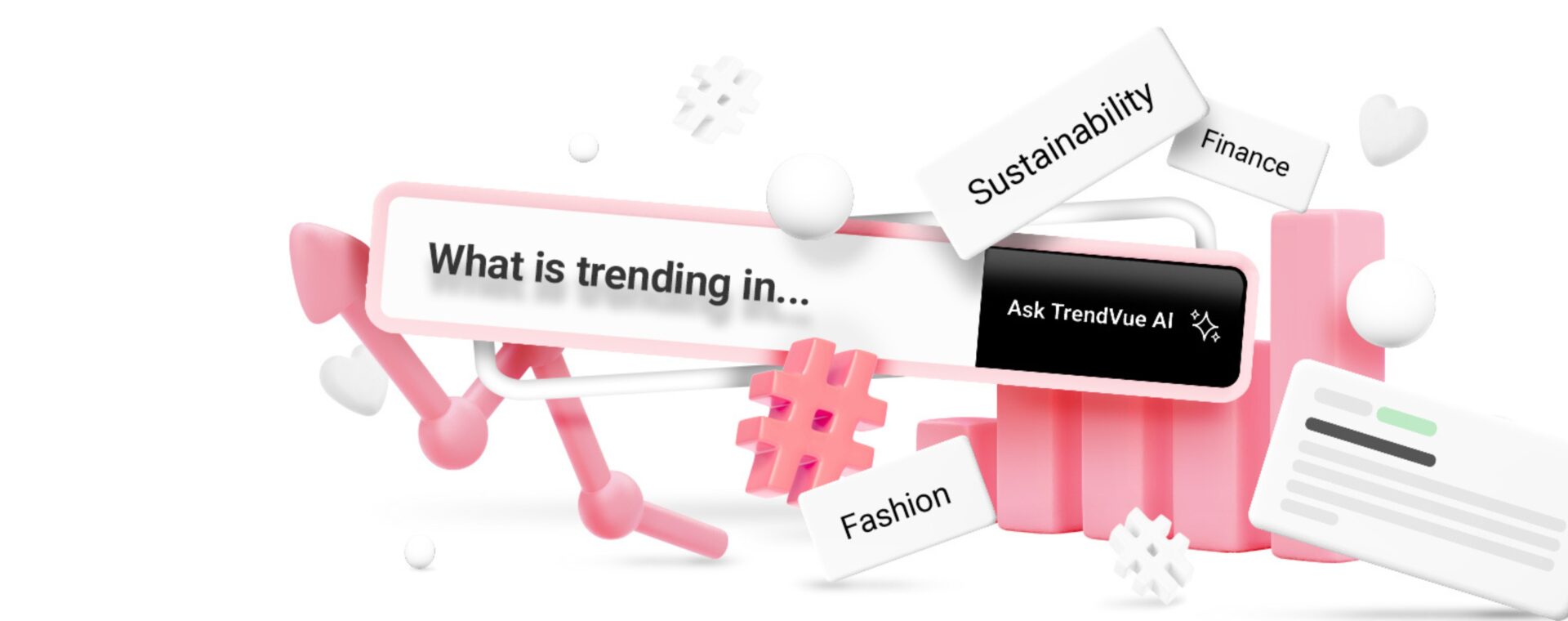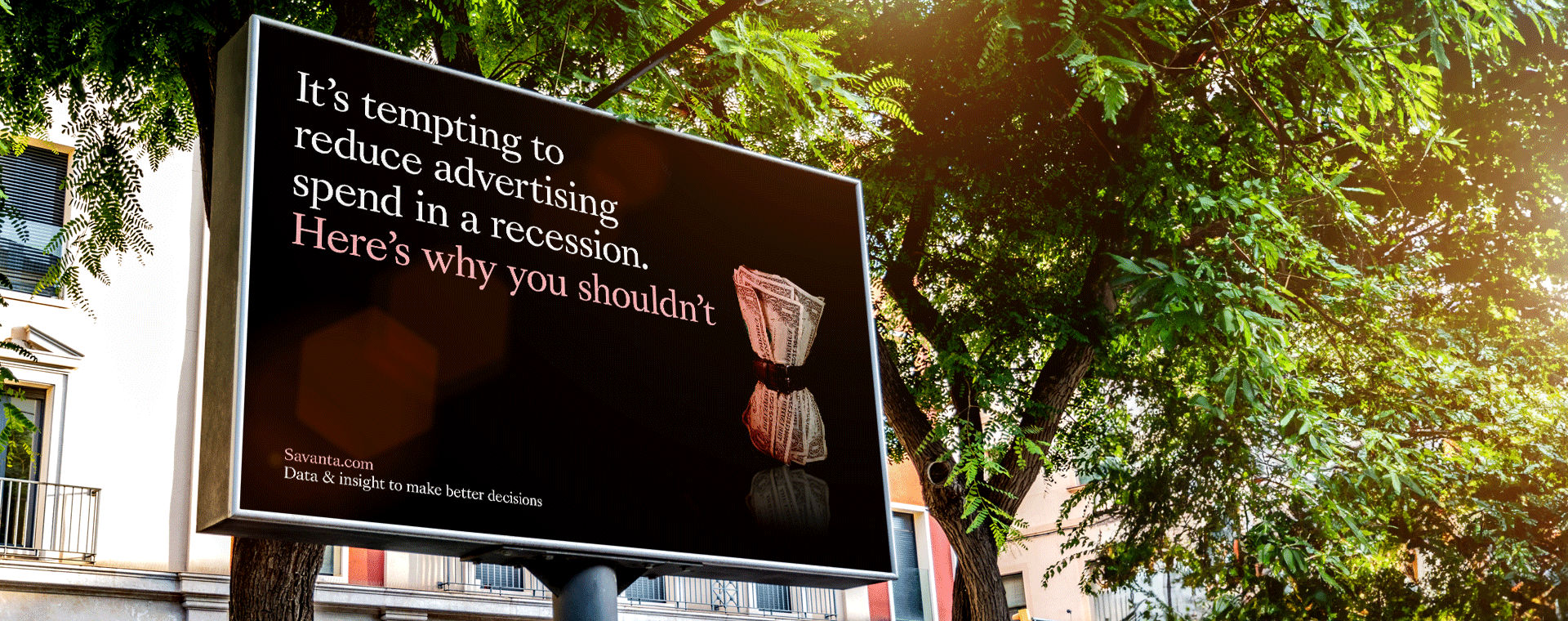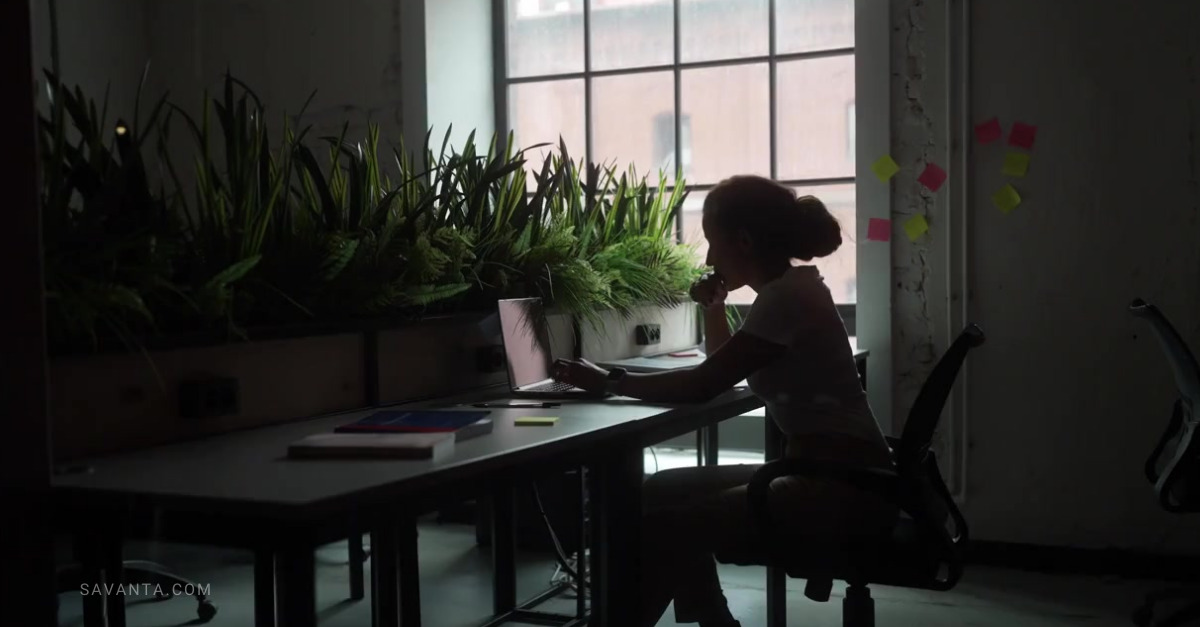There’s no doubt that it’s been a whirlwind few months for the research industry.
Like many other industries, we have all had to change our ways and adapt to various new models during the crisis.
The value of insight has become ever clearer during the last few months, but this time has also forced the industry to have overdue conversations about the cost of research
One way in which the industry has significantly noticed the effects of lockdown is that we’ve seen an uptake in people undertaking surveys, meaning we currently have bigger bases across the board and higher levels of engagement.
But that’s not the only way things have changed. Many people have expressed concerns over the past 9-10 weeks at the overarching sense of confusion and lack of clarity from the government and experts who are navigating the country through the crisis.
At the outset there was, it seemed, an ‘information hole’, whereby we didn’t really know what was going on, how we should be feeling about it or how the rest of the nation felt either.
That’s where research stepped in. Over the past 2-3 months, recognising that it couldn’t simply be ‘business as usual’, much of the research industry has generously stepped up to provide answers for businesses, brands and the public alike – in many cases, at our own cost.
We have been responsible for capturing the nation’s sentiment in one of the biggest crises we’ve ever faced. We have stepped in to provide the missing link for brands who haven’t been able to talk to their customers themselves. We have provided solutions for businesses at risk from the effects of the pandemic.
In turn, this has led to many of us becoming publishers in our own right. Not only have we been tracking and reporting on a regular basis (daily, in some cases), but we’ve been analysing the news agenda, hosting webinars and sharing our insights too.
We know that this has been the right move, and that we have a responsibility to show solidarity to our clients and consumers by offering our insight during this time of hardship. But there is a cost to delivering this news and this approach is not sustainable in the long term.
So, how do we move forward?
Now, the emphasis is on helping our clients develop strategies to enable them to get ready to restart. In the same way that a Formula One pile up is followed by controlled laps with no one racing, this time is all about preparation and strategic planning. The smartest teams are the ones using this time to re-fuel, address their tactics and re-formulate a race plan, and that’s where insight can be vital.
The one thing we know for certain is that the effects of coronavirus will be long-lasting. We’ve all been forced to trim the fat for clients during the crisis.
Going forward, we’ll inevitably continue to feel the effects of slashed marketing and insight budgets, but that should be seen less as a negative and more as an opportunity. In fact, the crisis has been a great leveller. It’s forced us, as an industry, to have grown-up conversations about the cost of research – conversations which were long overdue.
What this means, is simply that it’s more important than ever for research companies to create and deliver lean, cost-effective, tightly focused and high value solutions. We are also best placed to help organisations build a culture of insight internally.
This period of national limbo has been an opportunity for us all to sit back and take stock. To get to know our customers and really think about how we can support them to utilise insight in the most beneficial way. Those companies who integrate research within client organisations and instil a more evidence based decision-making process will certainly be best placed to adjust to the ‘new normal’ quicker than the competition.
Now is the time for us to help our clients apply this knowledge as we work with them to identify a restart strategy, getting to grips with an ever-changing world and totally new ways of working.
This article was originally published in ResearchLive.






